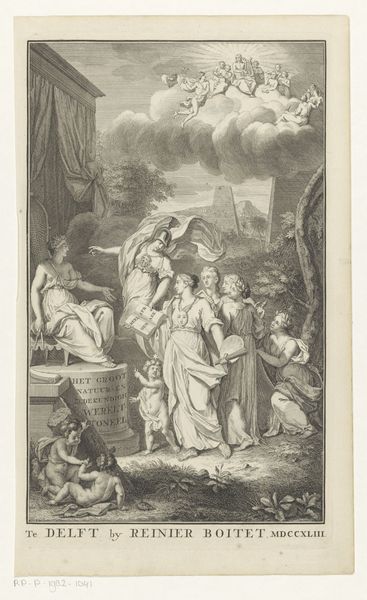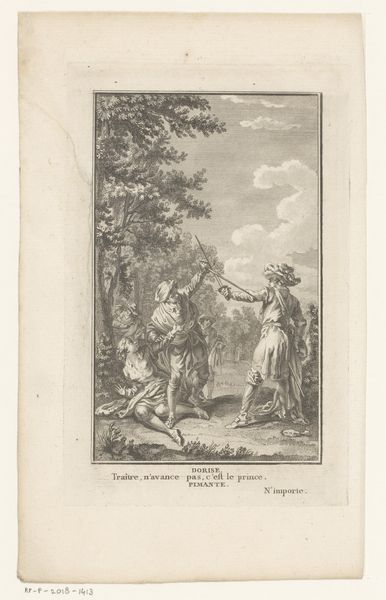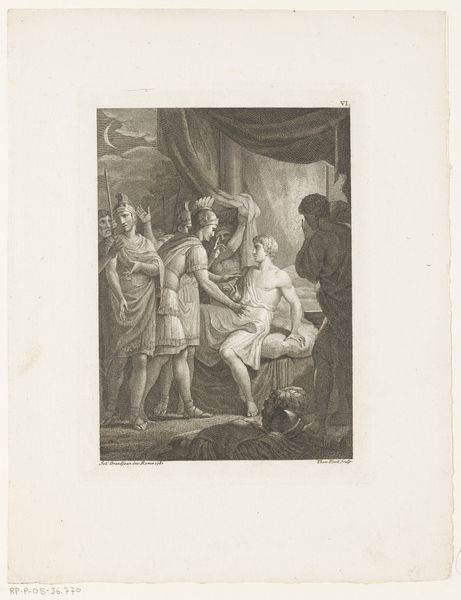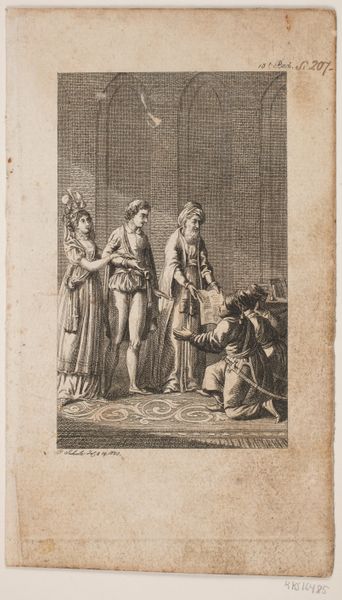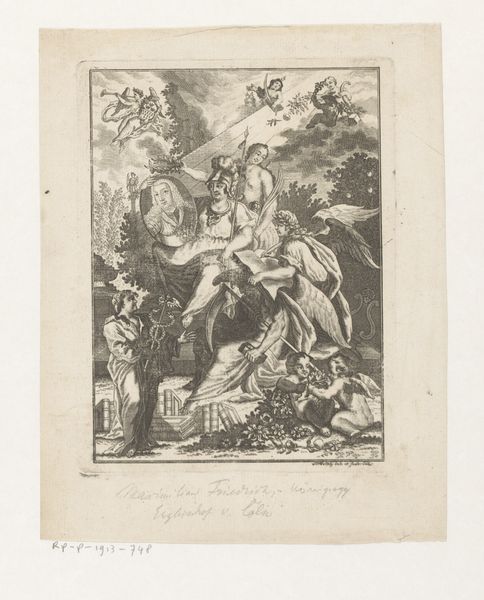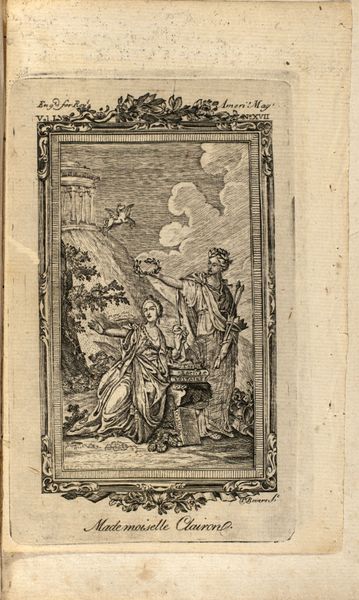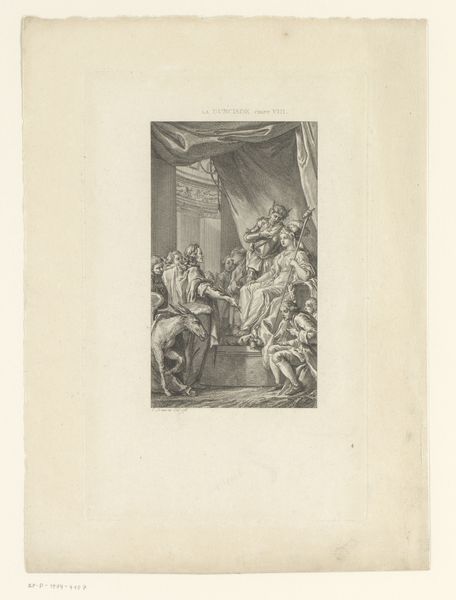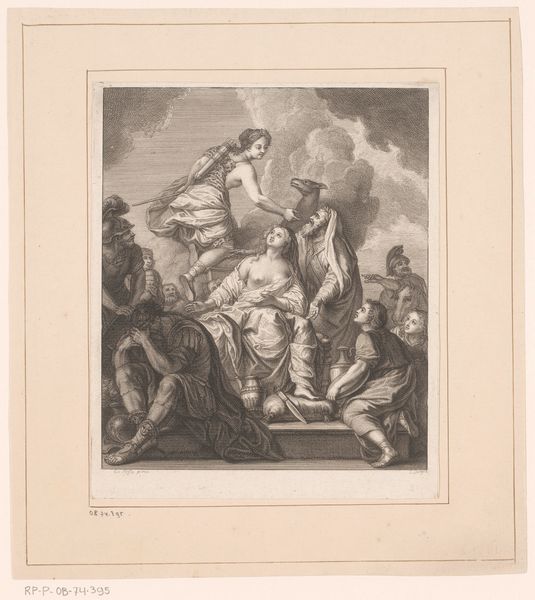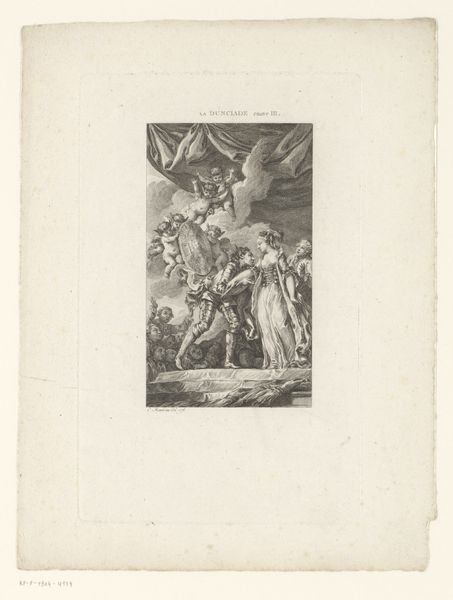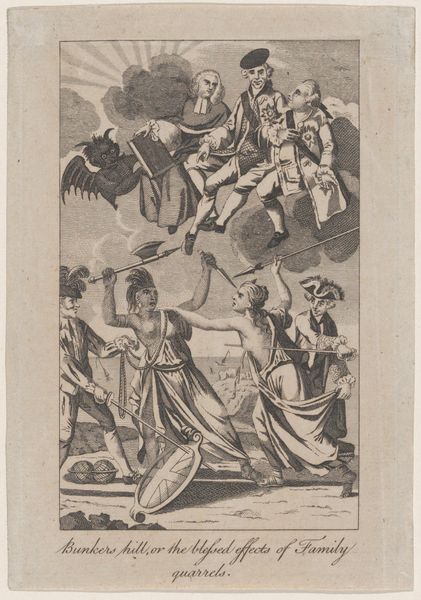
Dimensions: 138 × 91 mm (plate V); 141 × 110 mm (plate VI, left); 138 × 95 mm (plate VI, right); 140 × 110 mm (plate VII); 157 × 262 (sheet, unfolded)
Copyright: Public Domain
These prints, made by Franz Edmund Weirotter in the 1700s, are etched on paper. Etching is an intaglio printmaking process where lines are incised into a metal plate, usually copper, using acid. The plate is covered with a waxy ground, and the artist draws through this ground with a sharp needle, exposing the metal. The plate is then immersed in acid, which bites into the exposed lines. The depth of the lines determines how much ink they hold, and thus how dark they appear in the final print. The process requires careful control and skilled craftsmanship. Weirotter’s lines create detailed scenes and subtle tonal variations. The material quality of the print—its paper, its ink, the very lines incised into the metal plate—emphasizes the labor involved. This labor is crucial to our understanding of the artwork, because it invites us to consider the social context in which it was produced, moving beyond traditional distinctions between fine art and craft.
Comments
No comments
Be the first to comment and join the conversation on the ultimate creative platform.
